
The story of Rocky Mountain Construction began years before the company’s founding. Fred Grubb, who had former construction experience building homes, began working for Silverwood Theme Park in 1995 as their Construction and Maintenance Director.
In the following years, he was given the opportunity to oversee the construction of two wooden roller coasters, both designed by Custom Coasters International or CCI. Following the construction of Timber Terror at Tremors at Silverwood in the late 1990s, CCI offered Fred a job. However, he and his wife, Suanne Dedmon opted to form their own company instead and Rocky Mountain Construction was founded in 2001 in Idaho.
The Road to the First Hybrid Roller Coaster
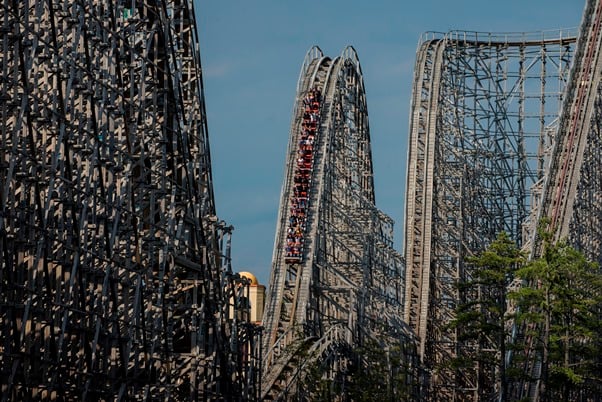
Rocky Mountain Construction began with the refurbishment of older wooden coasters and the installation of sky coasters at theme parks across the US. Wooden coasters, while beloved for their nostalgic charm, face challenges related to maintenance, safety, and ride experience as they age. RMC saw an opportunity to inject new life into these classics by combining the charm of wood with the innovation of modern engineering. They also constructed wooden roller coasters for other coaster manufacturers. In fact, in 2005, Intamin entrusted RMC with the construction of the behemoth wooden coaster, El Toro which remains a fan favorite today.
The blend of the wooden coaster with modern engineering wasn’t the only match made in heaven when it came to Rocky Mountain Construction. Fred Grubb’s desire to create a better wooden coaster experience was met by Alan Schilke’s roller coaster design background and the two began designing what would become hallmarks of the RMC name. The breakthrough came with the introduction of the "I-Box Track" technology.
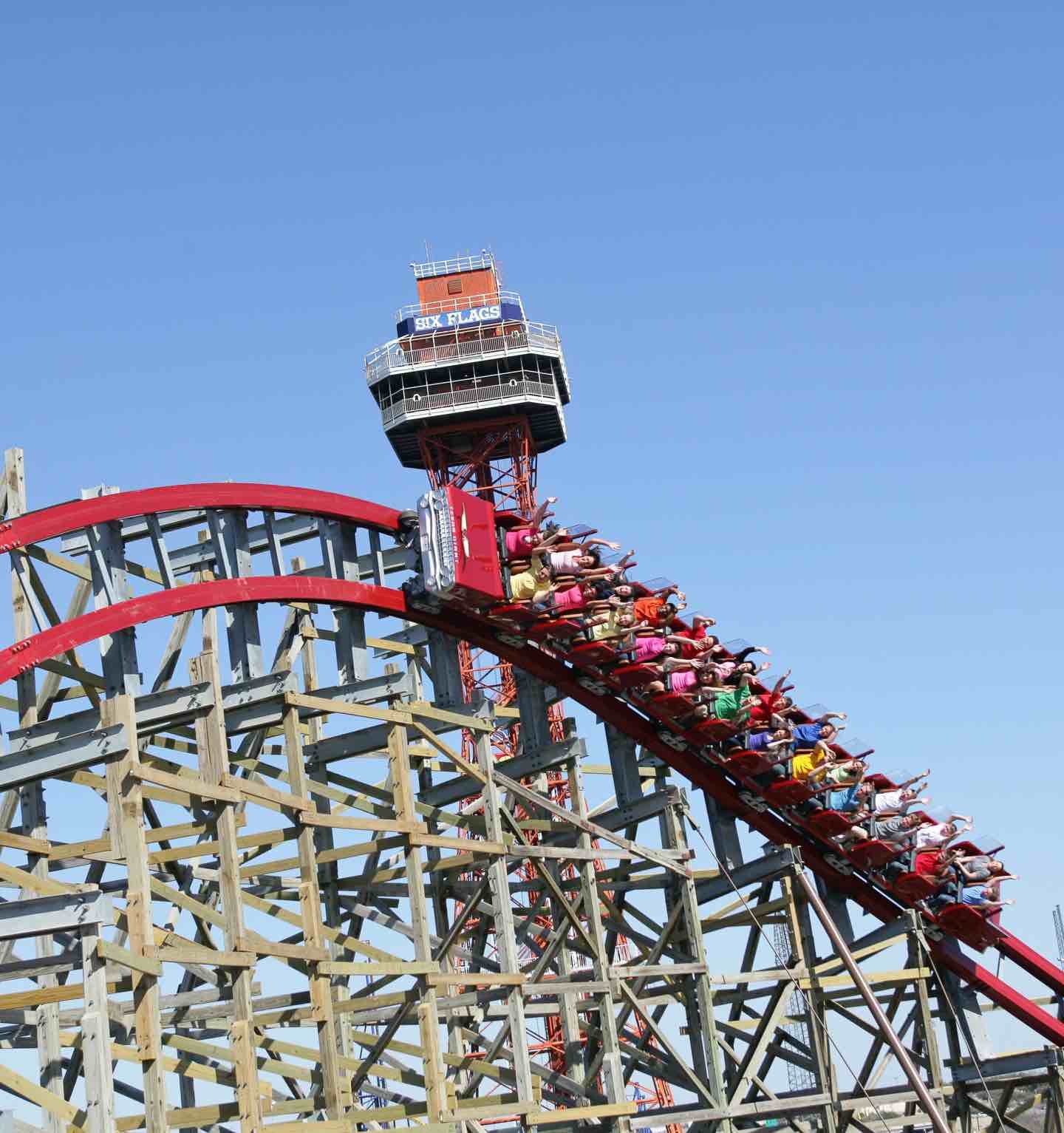
This innovation utilized an all-steel I-Beam track that could be combined with existing wooden coaster supports. This new track design would drastically improve ride smoothness and reduce maintenance requirements. The company's first major project utilizing this technology was the Texas Giant transformation at Six Flags Over Texas in 2011. New Texas Giant opened as the first hybrid coaster. It stood ten feet taller than its predecessor and also included a steeper drop and faster top speed. The success of this project propelled RMC into the spotlight, showcasing its ability to reimagine and rejuvenate old wooden coasters into thrilling, modern experiences.
Revolutionizing Wooden Roller Coasters
With the success of the I-Box technology, Rocky Mountain Construction would begin creating entirely new roller coaster experiences known as "hybrid coasters." These rides combine the best of both worlds: the nostalgic feel of wooden coasters and the precision engineering of steel coasters. The company's hybrid coasters are renowned for their unpredictable elements, intense airtime, and exhilarating twists and turns.
In 2013, RMC was contracted to build an all-new wooden coaster at Silver Dollar City. This coaster would be the first to feature RMC’s “Topper Track” technology. This track is made from a flat steel running rail on a thick steel box that sits atop layers of laminated wood. This track allows wooden coasters the ability to contain elements not seen on other wooden coasters. Outlaw Run opened as the first all-wood coaster to feature multiple inversions.
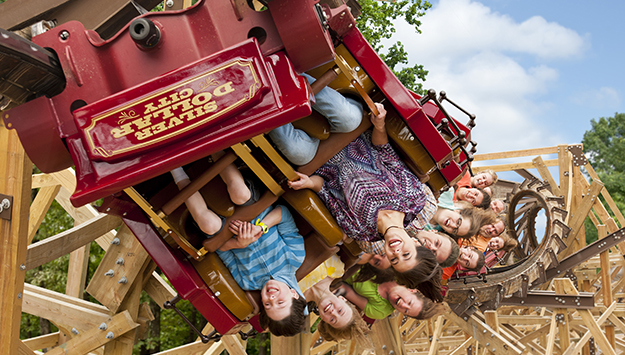
Over the next several years, Rocky Mountain Construction continued to make waves in the amusement park industry. Following a deal with Dutch manufacturer, Vekoma, RMC was able to distribute their coasters internationally, and parks around the world sought the expertise of RMC to breathe new life into their coaster lineups. From Wildfire in Sweden to the Lightning Rod in Tennessee. RMC's creations were known for their ingenuity, heart-pounding excitement, and breathtaking aesthetics. By 2018, RMC was responsible for the creation of 11 new coasters that were universally praised by riders.
The Golden Age of Rocky Mountain Construction
In 2018, Rocky Mountain Construction saw its most productive year with both the opening of three new hybrid coasters including Steel Vengeance. Steel Vengeance took the place of the formerly despised wooden coaster, Mean Streak at Cedar Point. The coaster would be Rocky Mountain Construction's most praised project yet and many enthusiasts have considered Steel Vengeance to be their favorite roller coaster. It opened as the world’s tallest, fastest, and steepest hybrid. These records would be taken by Iron Gwazi four years later; however, it still maintains a reputation as one of the best coasters in the world.
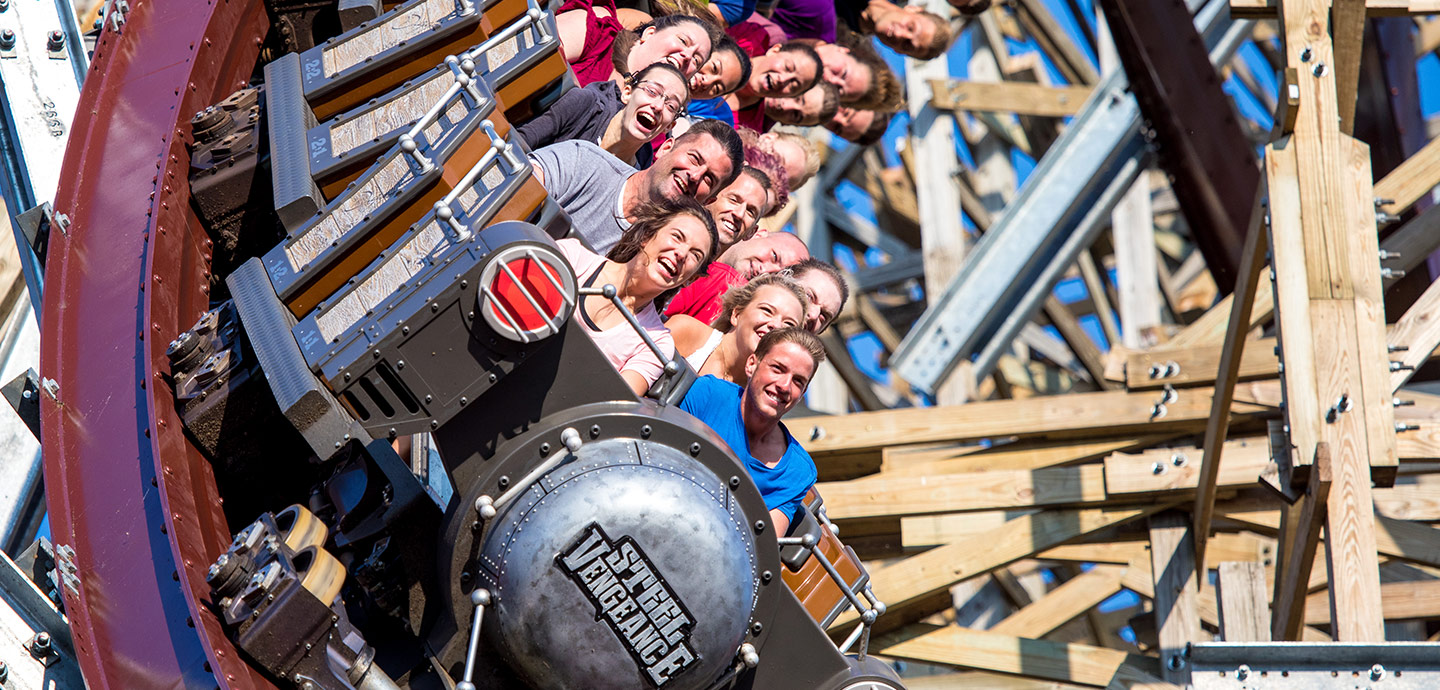
The year also the introduction of their “Raptor Track” steel coasters Wonder Woman Golden Lasso Coaster and RailBlazer. The "Raptor Track," characterized by its single rail design, allows for compact layouts, and opens doors to new possibilities in coaster design. These coasters contain trains that are single file, allowing for only one rider per row. The trains flow and zip seamlessly along the rail and the steel coasters can be manufactured quickly and at lower costs than larger coasters. Though they are compact, these coasters pack a punch with vertical drops and multiple inversions.
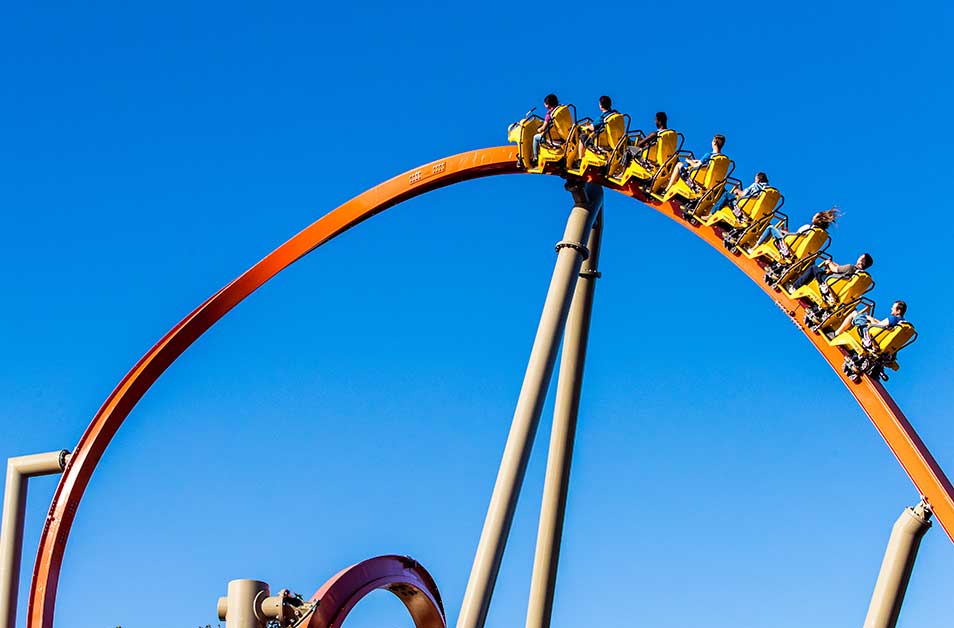
So, what is the legacy and future for Rocky Mountain Construction?

Add new comment